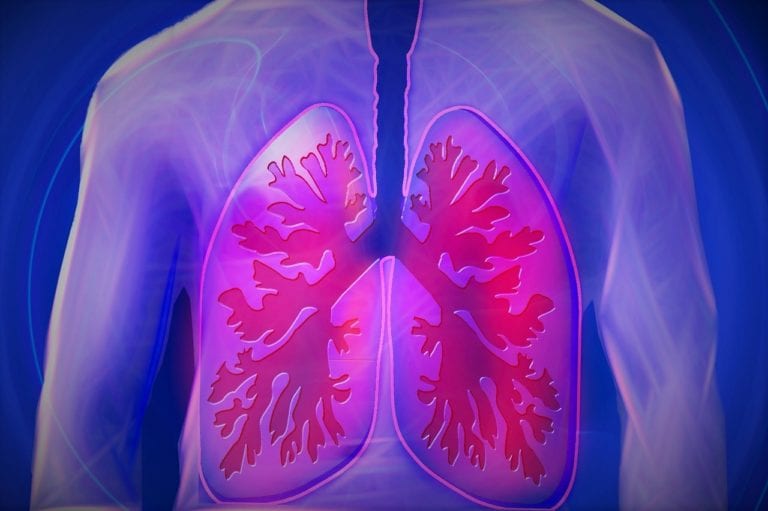The Hidden Danger of Asbestos Removal: Air Pollution
Asbestos, once used in building construction, poses health risks. Removing it safely is important. A recent study looks at a problem caused by poorly done asbestos removal – pollution. Focus of the Study A new study looks at what happens after asbestos is removed. It focuses on what happens when there is not enough vacuum in the work area. This leads to dust escaping, polluting the air not just in the work area but also up to 15 meters away. The study shows that when work areas are not sealed properly, asbestos dust gets into the air outside. This can be dangerous for people near the building being renovated. For example, removing non-friable asbestos-cement sheets can increase contamination outside. Removing…









